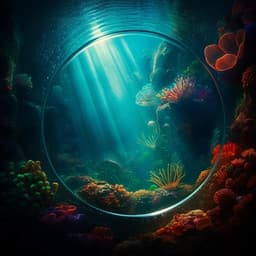
Medicine and Health
Textile-based shape-conformable and breathable ultrasound imaging probe
T. Noda, S. Takamatsu, et al.
Discover a groundbreaking ultrasound imaging probe crafted by Takumi Noda and colleagues, featuring a shape-conformable design that enhances breathability. This innovative probe enables remarkable imaging of human neck blood vessels over a 24-hour period, paving the way for advanced long-term health monitoring and early disease detection.
Playback language: English
Related Publications
Explore these studies to deepen your understanding of the subject.







